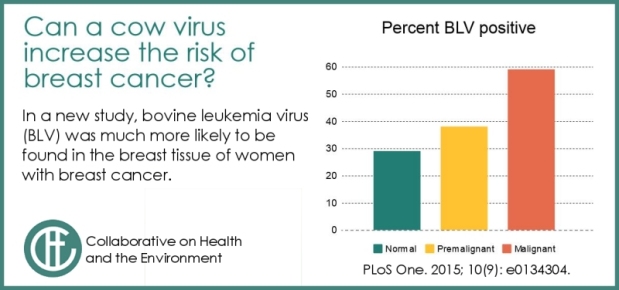written by Ted Schettler, MD, MPH
Science Director
 An unprecedented alliance of leading scientists, health professionals, and children’s health advocates has come together to publish a consensus statement concluding that scientific evidence supports a causal link between exposures to toxic chemicals in food, air and everyday products and children’s risks for neurodevelopmental disorders. The alliance, known as Project TENDR, is calling for immediate action to significantly reduce exposures to toxic chemicals to protect brain development for today’s and tomorrow’s children.
An unprecedented alliance of leading scientists, health professionals, and children’s health advocates has come together to publish a consensus statement concluding that scientific evidence supports a causal link between exposures to toxic chemicals in food, air and everyday products and children’s risks for neurodevelopmental disorders. The alliance, known as Project TENDR, is calling for immediate action to significantly reduce exposures to toxic chemicals to protect brain development for today’s and tomorrow’s children.
Neurodevelopmental disorders include intellectual disability, autism spectrum disorder, attention deficits, hyperactivity, other maladaptive behaviors, and learning disabilities. Project TENDR’s consensus statement is available on the Project TENDR website.


 written by Dick Clapp, DSc MPH
written by Dick Clapp, DSc MPH




